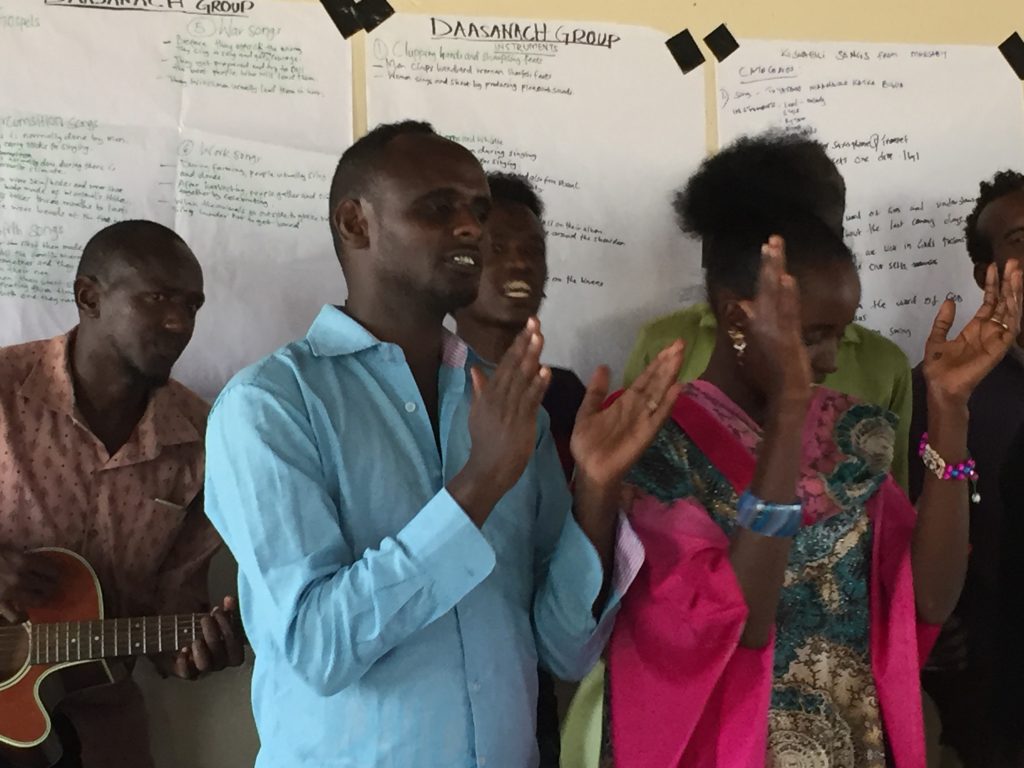When Eddie Andersen launched a radio station in Dukana, Kenya, his ministry faced the massive challenge of filling the airwaves with content relevant to an incredibly diverse audience. The ministry staff at the station, which reaches northern Kenya and southern Ethiopia, knew the programming must reflect the interests of the many tribes in the region.
Andersen and his wife Rachel, missionaries with Africa Inland Mission and partners of SonSet Solutions, initially aired Bible studies and an audio-Bible translation. The Gabbra people in the desert surrounding Dukana are nomadic, so a call-in camel show connected listeners to locals with information regarding rogue camels that wander in numerous directions in the night. The response was tremendous.
Still, Andersen recognized the value of adding music to the line-up. Years before starting the radio station, they hosted an ethnomusicology conference for the Gabbra people, which produced Scripture-based songs from ancient traditional tunes. The songs, according to Andersen, “gave (the) elders the courage they needed to share the Gospel because they can do it in song.” Now with a broader reach, his church recruited believers from surrounding tribes to attend a second ethnomusicology conference. They quickly learned that the fear of tribal conflict would keep many away. After efforts to ensure the safety of attendees, the ministry welcomed 40 visitors representing four tribes.
When the event began, participants were apprehensive. “They were terrified of each other,” recalls Andersen, noting the tribes had been warring for centuries. As they shared each culture through song, attendees embraced a shared mission of making the story of Christ accessible. The song leaders worked tirelessly to give traditional songs from each tribe new lyrics from Scripture. Though significantly varied in style, the music delivered similar messages and, by the conference’s end, the musicians embraced and wept, not knowing when they might see their new friends again.
As the songs hit the airwaves, children, tribal warriors, and mothers alike sang them as they went about their days, spreading the Bible’s message to distant villages. Programming provided biblical context, and tribes with histories of conflict began to recognize the struggles that connect them all. According to Andersen, “we sometimes underestimate the power of music,” but by celebrating the unique musical styles of each tribe, the ministry staff both empowered local Christians and widened the reach of God’s Word.
Written by Joy Lightcap

